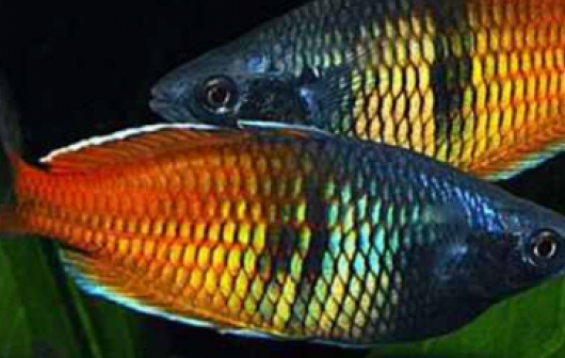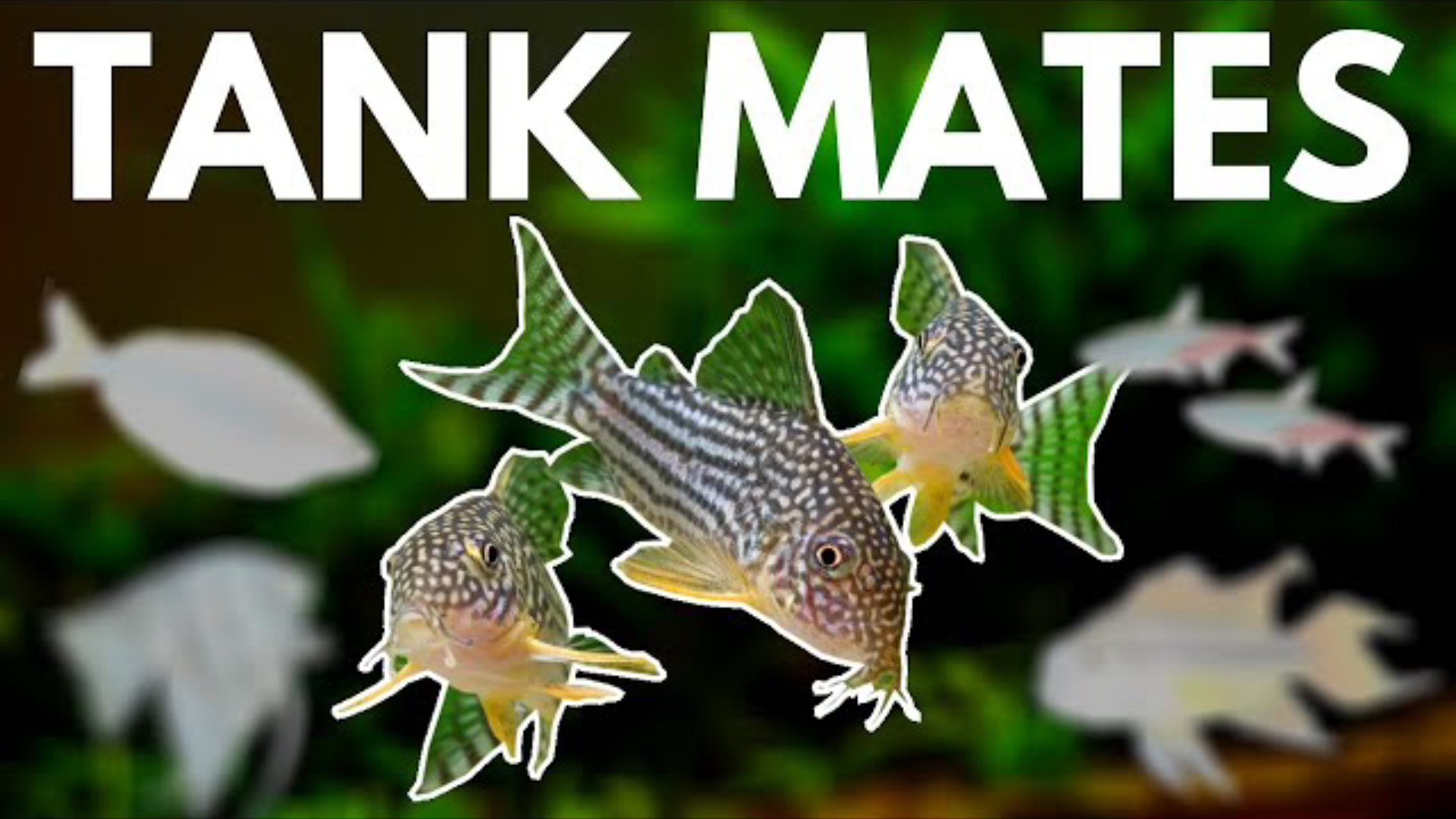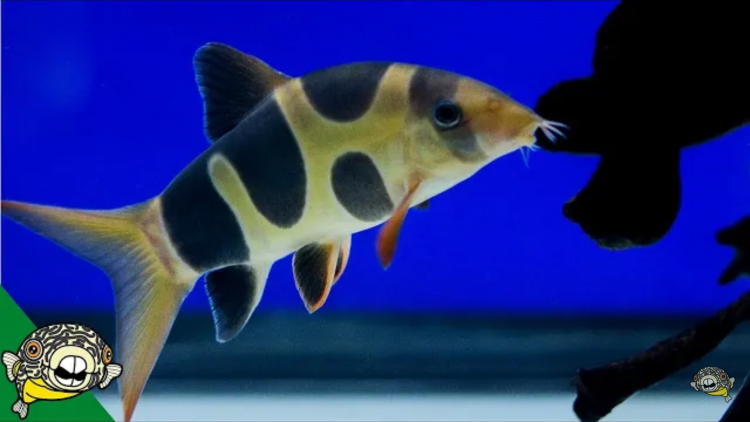- Name:
Boesemani Rainbow
- Family: Melanotaeniidae
- Species: Rainbowfish
- Scientific Name: Melanotaenia boesemani


General info about Boesemani Rainbow
These fish are blue gray on the front half of the body and bright orange on the back half, it is worth noticing that at the store they will most likely be dull gray but once at home and being fed a varied diet their colors will start to show. Males can reach up to 4.4 inches while females only reach up to 3.2 inches. Currently this species is considered to be endangered due to over harvesting. To keep these fish in captivity water pH should be between 6.5 and 8.0 and water temperature should range from 75°F to 78°F. The tank should have a sandy substrate, dense vegetation and open areas for swimming. The tank should also have a cover to prevent them from jumping off. They are peaceful and can be kept in community aquariums with similar sized tankmates, also, they should be kept in groups of at least 6.
Boesemani Rainbow Diet & Nutrition
These fish are omnivorous. They can be fed with dried, frozen or live foods, however, being fed mainly with live foods is recommended since it will ensure they show their best colors. Their diet should also be supplemented with vegetable matter.
Determining Sex of Boesemani Rainbow
Males are larger and more colorful than females.
Breeding & Spawning Boesemani Rainbow
To breed this species in captivity, water pH should be around 7.5 and water temperature should be around 82°F. The eggs take 7 to 8 days to hatch.
Boesemani Rainbow Origin
This species is native to Indonesia. It inhabits densely vegetated waters.
Acclimating Boesemani Rainbow
The water in which these fish are packaged is different from the water in the tank, since these fish are extremely sensitive to water conditions the acclimation process is very important. This process should never be rushed. Aquarium lights should be off for at least the first 4 hours of the fish in the new tank and it should not be fed in the first 24h. There are two acclimation methods: Floating Method and the Drip Method.
Floating method - the aquarium lights should be off and lights in the room should be dim, the bag in which the fish is should be placed in the surface of the water to float for about 15 minutes, this allows the water in the bag to adjust to the water in the tank. The bag should then be cut under the knot and the top edge of the bag should be rolled down one inch, then ¼ cup of the aquarium water should be added to the bag, this step should be repeated every 4 minutes until the bag is full, then half the water of the bag should be discarded and the bag should be put to float again and ¼ cup of the aquarium water should be added to the bag every 4 minutes until the bag is full. Afterwards, the Discus can be moved into the aquarium.
Drip method – the aquarium lights should be off and lights in the room should be dim, the bag in which the fish is should be placed in the surface of the water to float for about 15 minutes, this allows the water in the bag to adjust to the water in the tank. The bag contents should be poured into a 1 gallon bucket that has never been cleaned with any chemicals, the fish should be enterally submerged. A siphon, using airline tubing, should be set up and a drip line should run from the main aquarium to the bucket. Several loose knots should be tied in the airline tubing to regulate flow. Sucking the end of the airline tube that goes to the bucket will begin a siphon, the flow should be regulated to 2 to 4 drips per second. Once the water in the buckets doubles, half should be discarded and the process should be repeated until it doubles again. Afterwards, the fish can be moved to the aquarium.
Original Detail
| Name | Species | Family | Scientific Name | More Detail | Added by |
|---|---|---|---|---|---|
| Boesemani Rainbow | Rainbowfish | Melanotaeniidae | Melanotaenia boesemani | These fish are blue gray on the front half of the body and bright orange on the back half, it is worth noticing that at the store they will most likely be dull gray but once at home and being fed a varied diet their colors will start to show. Males can reach up to 4.4 inches while females only reach up to 3.2 inches. Currently this species is considered to be endangered due to over harvesting. To keep these fish in captivity water pH should be between 6.5 and 8.0 and water temperature should range from 75°F to 78°F. The tank should have a sandy substrate, dense vegetation and open areas for swimming. The tank should also have a cover to prevent them from jumping off. They are peaceful and can be kept in community aquariums with similar sized tankmates, also, they should be kept in groups of at least 6. |
PalaciosAn |




